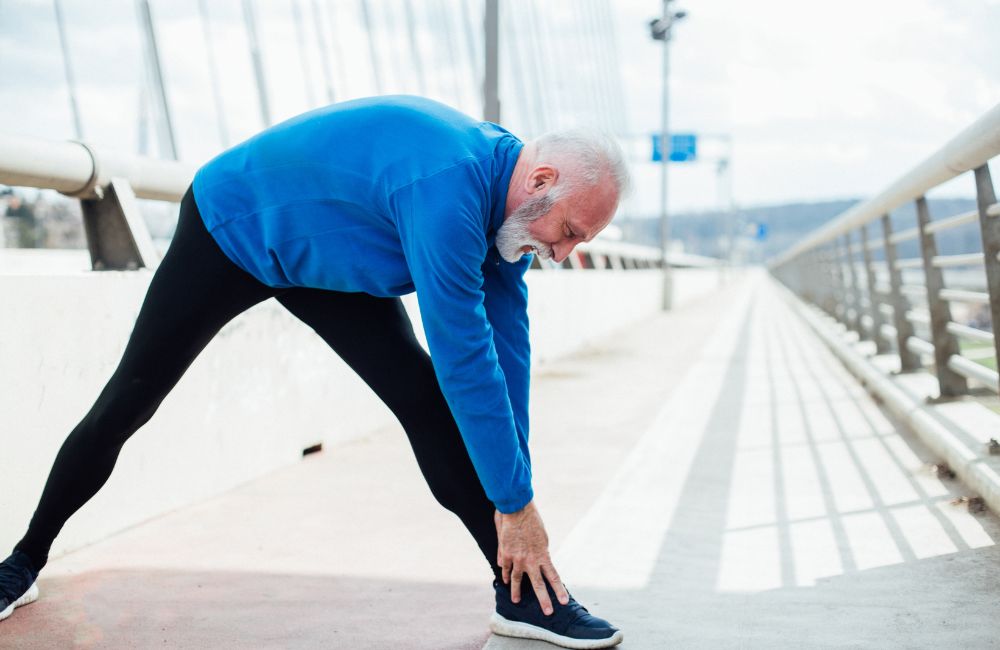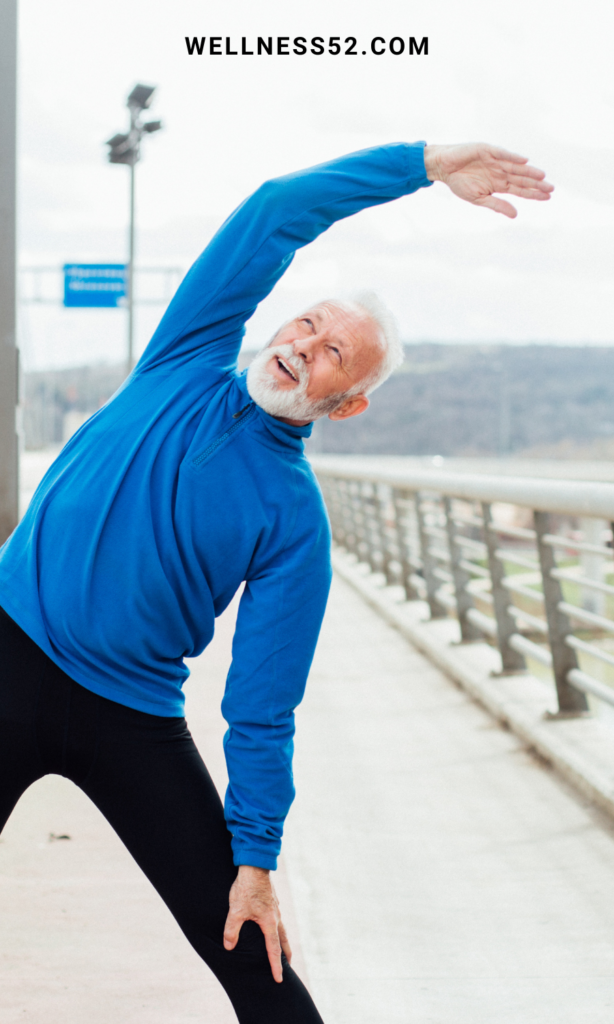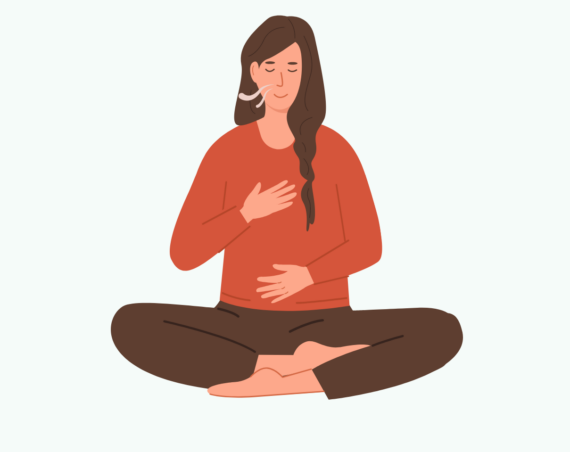
Is this exercise the fountain of youth?
For decades, research has demonstrated that exercise can improve longevity. Undoubtedly, simple lifestyle choices, such as adequate exercise and clean dieting, can lead to better health. Yet, is there a “perfect” exercise that can help people stay young forever?
Cycling may be close to the ideal exercise for most people. This is especially true for older adults.
You may also like:
- Eating These Types of Protein Foods Regularly Could Add Years to Your Life
- This Obscure Food Drastically Improves Memory, According to a New Study
Why Cycling?
When we discuss healthy aging, a major consideration is joint integrity.
Over time, many people wear down their joints through overuse or misuse. One of the common ways in which joints experience stress is through impact forces.
Joint impact forces occur due to many different causes. One of the major ways in which we impart impact through our joints is walking (and running). Walking can, at some point, cause a high level of wear and tear on our joints (especially those of our lower body).
For this reason, it’s a good idea to seek out low-impact methods of cardiovascular exercise. One such method is cycling.
Cycling is a non-impact form of exercise. This means that the only stress our joints experience during cycling are from muscular and tendinous tension.
Overall, the amount of joint stress caused by cycling can be considered negligible.
Older Adults and Cycling

In a recent study, researchers compared the health of older adults using different exercise methods. One group regularly completed cycling exercises. The other group participated in regular walking exercises.
Specifically, the researchers looked at a parameter of health known as “metabolic cost”.
In the study, it was determined that the group who regularly completed cycling exercises had a metabolic cost more consistent with much younger individuals. In contrast, the walking group demonstrated a metabolic cost more consistent with their age.*
It’s unclear exactly why this was the case. It could be due to the lower level of stress this group experiences during exercise.
Alternatively, the findings may be due to the group of cyclists having more exercise experience. Also, there could be any number of confounding variables that led to the result in question.
*Similar findings have been demonstrated in previous studies as well. However, these results should be interpreted with caution. There seems to be some disparity in the data with regard to a decade of life and other factors.
Do All Older Adults Need to Start Cycling?
So, what if you absolutely hate cycling? Do you need to “suck it up” and do it anyway?
In short, no.
However, all older adults should strongly consider participating in some form of regular exercise. Many health organizations recommend that all adults achieve 150 minutes of cardio exercise each week. This is considered to be the minimum amount of exercise necessary for good health.
Furthermore, cycling (or cardio in general) isn’t the only form of exercise you should complete. You should also seek to perform flexibility exercises and weight lifting a few times a week as well.
Other Health Benefits of Cardiovascular Exercise for Older Adults
As we discussed, the improved metabolic cost is one huge benefit of exercise for older adults. Additionally, there are many other improvements one can expect by exercising regularly in their later years.
Improved Bone Density
As we age, our bones tend to become porous and weak. In some cases, older adults can develop a condition of very weak bones, known as osteopenia. If osteopenia worsens, it can even progress to a much scarier diagnosis: osteoporosis.
Osteoporosis can lead to broken bones with everyday activities. In fact, even sneezing can cause fractures when one develops osteoporosis.
Stronger Muscles
Our muscles allow us to perform all of the tasks we need to complete every day. By keeping our muscles strong, we can stave off many of the effects of aging. Furthermore, stronger muscles enable us to keep active even much later in life.
Decreased Risk of Heart Disease
Heart disease is a major problem for older adults. Millions of people suffer from heart attacks and vascular problems every year.
Luckily, regular exercise has been found to decrease the risk of heart disease.
What About Younger Adults?
Thus far, we’ve talked extensively about the effects of cycling on the health of older adults. This begs the question: “do the same cycling benefits apply to younger adults?”
The benefits of exercise are seen all throughout the life cycle. Because younger people are generally healthier than older individuals, the research in this area is less clear. However, there are clearly many benefits to being in shape, no matter your age.
Younger adults are often not as concerned about aging as their older counterparts are. However, the habits we form in our younger years will always lead us toward better or worse health.
Therefore, is exercise as important for younger people as it is for older people? I would argue that yes, it is! Staying healthy and strong is helpful for people in every stage of life!
Works Cited
- Yang Y. J. (2019). An Overview of Current Physical Activity Recommendations in Primary Care. Korean journal of family medicine, 40(3), 135–142. https://doi.org/10.4082/kjfm.19.0038
- Gaesser, G. A., Tucker, W. J., Sawyer, B. J., Bhammar, D. M., & Angadi, S. S. (2018). Cycling efficiency and energy cost of walking in young and older adults. Journal of applied physiology (Bethesda, Md. : 1985), 124(2), 414–420. https://doi.org/10.1152/japplphysiol.00789.2017
- Farrokhi, S., Jayabalan, P., Gustafson, J. A., Klatt, B. A., Sowa, G. A., & Piva, S. R. (2017). The influence of continuous versus interval walking exercise on knee joint loading and pain in patients with knee osteoarthritis. Gait & posture, 56, 129–133. https://doi.org/10.1016/j.gaitpost.2017.05.015


